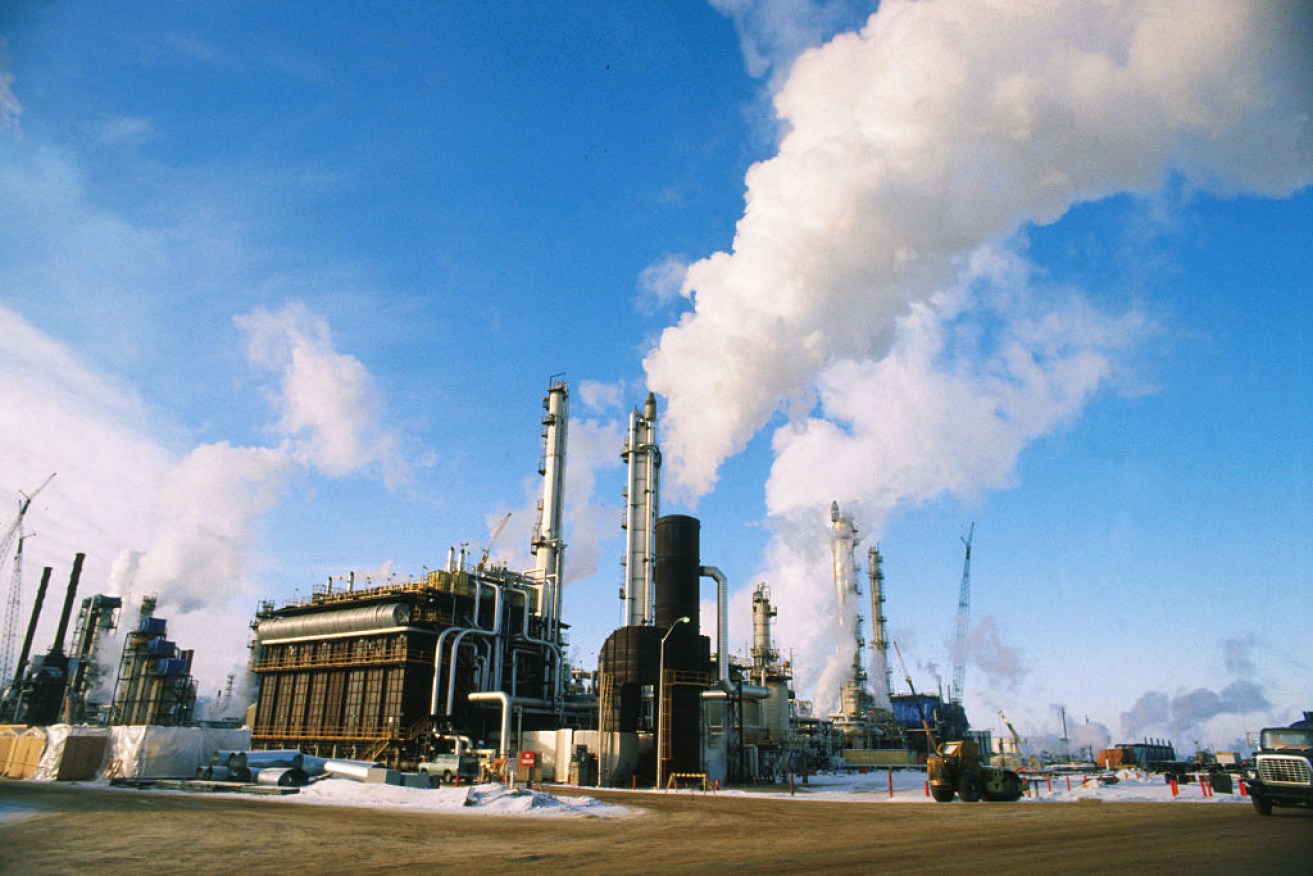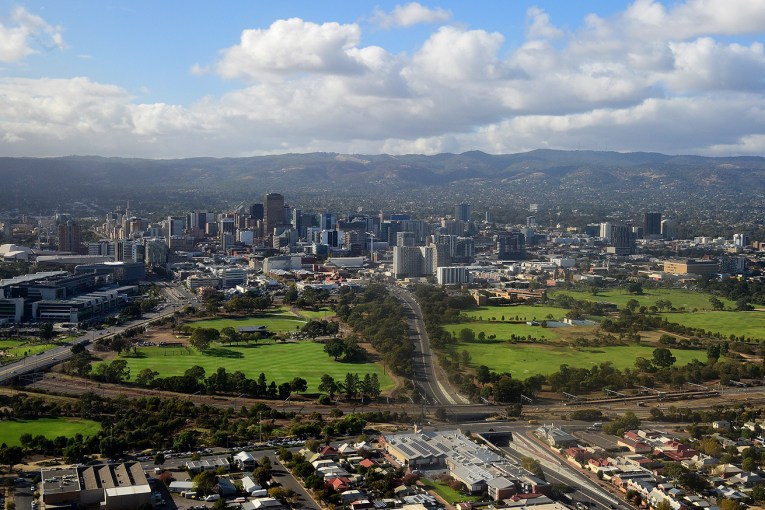Our most abundant energy source that doesn’t emit greenhouse gases


The gladstone project will look something like this hydrogen refinery in Fort McMurray, , Canada. Photo: Getty
It’s the most abundant element in the world. It can fuel vehicles, homes and power-intensive industries. It could be half the cost of electricity within 30 years. And it produces zero carbon emissions.
That fuel is hydrogen. And the question is: Why aren’t we using it now?
In an address in Melbourne on Friday, Australia’s chief scientist Dr Alan Finkel will update business leaders on the case for a hydrogen market in Australia and what needs to happen to make it viable.
It may well be music to the ears of the business audience, after a report on hydrogen generation by the World Energy Council branded Australia as a “giant with potential to become a world key player”.
Dr Finkel’s address also coincides with a report by Bloomberg on Thursday that contended the cost of producing hydrogen using renewable energy was likely to plummet over the next few years, making “one of the most radical technologies for reducing greenhouse gases” economical.
The analysis by Bloomberg New Energy Finance (BNEF) found the falling cost of extracting hydrogen gas from water and better economies of scale could reduce the cost of hydrogen power to as little as $US24 ($35.50) a megawatt-hour by 2030, and $US15 ($22) by 2050.
That’s less than half the prevailing cost for electricity in the wholesale market in Europe.
“While the gas has been hailed for decades as a carbon-free energy source, the cost and difficulty of making it has confined it mainly to niches, like fuelling rockets and helping upgrade blends of oil,” the report said.
“Once the industry scales up, renewable hydrogen could be produced from wind or solar power for the same price as natural gas in most of Europe and Asia,” BNEF reported.
“These production costs would make green gas affordable and puts the prospects for a truly clean economy in sight.”
Australia in the box seat
On top of the World Energy Council’s endorsement of Australia, the International Energy Agency has also predicted that Australia could produce an equivalent amount of hydrogen to two-thirds of its current energy consumption.
“Capitalising on this growing demand for hydrogen could result in an export industry worth $1.7 billion by 2030, and could provide 2800 jobs,” Dr Finkel said in a briefing note in July.
“Most of the jobs created by this new industry are likely to be in regional areas.”
Victorian energy company Jemena has begun a five-year, $15 million trial (with the Australian Renewable Energy Agency) using solar energy to convert water into hydrogen using renewable energy.
That hydrogen can then be stored in underground gas pipes, with the potential to store the equivalent of eight million Tesla Powerwall batteries, according to a company statement.
The New Daily contacted Jemena for further details, but it did not respond before deadline.
Dr Finkel said not only would the energy storage capabilities of hydrogen contribute to the resilience of our electricity systems, it could also provide a long-range, rapid-fuelling, zero-emissions transport fuel.
It also has the potential to become an export commodity worth up to $13.5 billion a year by 2040, according to a report by ACIL Allen consultants.
So why aren’t we lapping it up?
The first hurdle is scale.
A 2019 issues paper by the COAG Energy Council’s National Hydrogen Strategy noted that while production, transport and storage technology exists “these technologies are yet to be tested at scale”.
Another is infrastructure.
Toyota Australia president and chief executive Matt Callachor told The New Daily in April: “Right now, the biggest factor to the success of hydrogen being widely available is a lack of infrastructure.”

Refuelling the hydrogen to a Toyota Mirai car in Poland. Photo: Getty
That story noted the first commercial station is due to open in Canberra before the end of 2019, with at least another 19 expected to open over the next few years.
That COAG report said while there is existing gas infrastructure that can be used for hydrogen, it added a viable industry would still need more electricity generation, electricity and gas networks, transport infrastructure as well as hydrogen production, storage and transport technology.
The other issue is production and supply chain costs.
Hydrogen produced from renewable energy is “currently expensive”, the COAG report found.
But development of less costly materials, design changes and economies of scale in manufacturing are all expected to bring the costs down.








